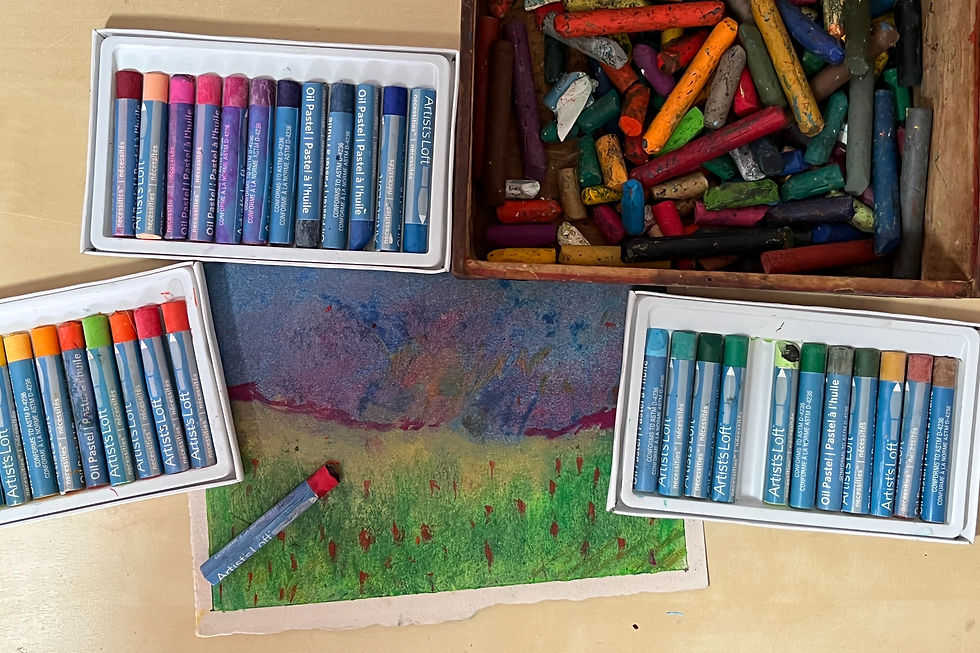
Retirement Communities

Whether you manage activities for a vibrant independent living community, or your organization is assisted living, we can tailor workshops for diverse age groups and abilities. The artist trading card project works for all ages and abilities, and we can tailor ongoing workshops to your residents' needs.
Talk to us about special events at your facility. We can create a workshop around holiday making, or a multi-generational project that can involve your residents and their families!
Art and creativity can play an important role in brain development for children, but did you know painting, coloring, and other artistic pursuits offer numerous health benefits to older adults? In addition to providing an engaging pastime, art may also improve cognition, increase social interactions, and has even been shown to reduce anxiety and depression.
The Benefits of Art for the Elderly
How does art affect the brain and provide these important benefits? Researchers say that creative pursuits help to build connections in the brain to strengthen cognitive reserve, or brain resilience, and subsequently prevent memory loss. Creating artwork can also improve fine motor skills through small, purposeful movements, which may help to prevent pain and stiffness.
Beyond the physical and mental benefits, art can have an important emotional impact as well. For those who have trouble expressing themselves, creating a visual representation of thoughts and feelings can be a simpler way to communicate. Communication with others reduces feelings of loneliness and isolation.
AARP says that doing the arts and crafts you did as a child can help you connect to positive childhood memories and emotions.
An experimental study investigated the impact of visual art making on the cortisol levels of 39 healthy adults. Participants provided saliva samples to assess cortisol levels before and after 45 minutes of art making. Participants also provided written responses about the experience at the end of the session.
Results indicate that art making resulted in statistically significant lowering of cortisol levels. Participants' written responses indicated that they found the art-making session to be relaxing, enjoyable, helpful for learning about new aspects of self, freeing from constraints, an evolving process of initial struggle to later resolution, and about flow/losing themselves in the work.
They also reflected that the session evoked a desire to make art in the future. There were weak associations between changes in cortisol level and age, time of day, and participant responses related to learning about one's self and references to an evolving process in art making. There were no significant differences in outcomes based on prior experiences with art making, media choice, or gender.”